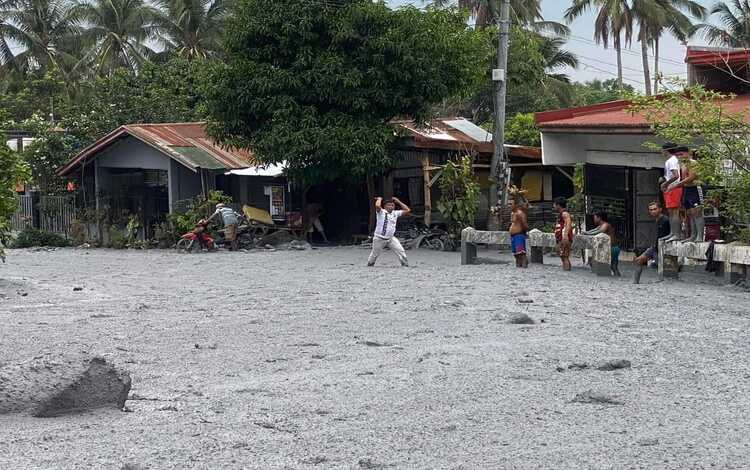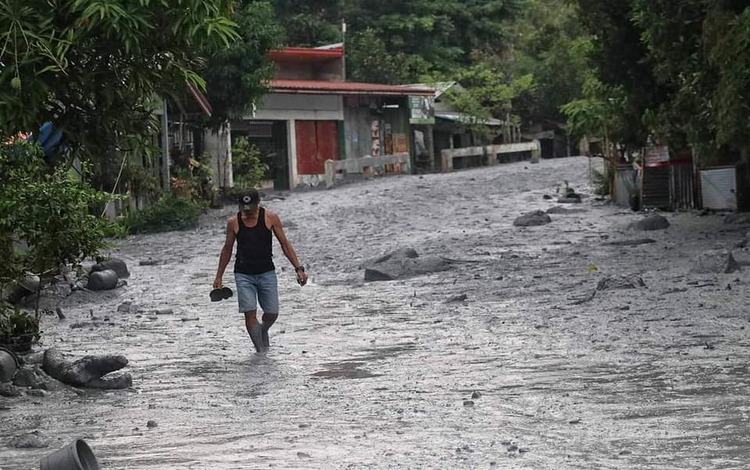State volcanologists have issued a warning about the potential resurgence of “volcanic sediment flows” or lahar due to anticipated rainfall in Negros Island, just days after the eruption of Mount Kanlaon.

The Philippine Institute of Volcanology and Seismology (Phivolcs) shared this information on Thursday, as PAGASA forecasts thunderstorms on the island today.
“These rains could generate lahars, muddy streamflows, or muddy run-off in the above-mentioned and other rivers draining the southern Kanlaon edifice,” PAGASA stated earlier. “Lahars can threaten communities along the middle and lower slopes with inundation, burial, and washout.”

On Wednesday, lahar deposits were observed in at least four waterways in La Castellana, Canlaon City, and areas near Mount Kanlaon. These include:
- Tamburong Creek
- Intiguiwan River and upstream Baji-Baji Falls
- Padudusan Falls
- Binalbagan River
Videos and photos of these events have already circulated on social media.
“The lahars were generally channel-confined, but flows along Tamburong Creek overflowed and deposited a few centimeters of sediment on a stretch of the main road in Biak-na-Bato, rendering it impassable to motorists,” Phivolcs reported.
Experts advise communities, especially those near rivers draining the southern part of Kanlaon, to stay vigilant and prepared. These communities are urged to continuously monitor weather conditions and take appropriate actions if lahar impacts occur.
Volcanic Earthquakes Continue
Phivolcs recorded the following activities in the past 24 hours around the volcano:
- Volcanic earthquakes: 27
- Sulfur dioxide flux: 3,464 tons per day
- Plume: 1,500 meters high; strong emission; drifting northwest, southeast, and southwest
- Ground deformation: swelling of the volcano
State volcanologists reiterated that entering the four-kilometer (4 km) radius permanent danger zone (PDZ) and flying any aircraft near the volcano’s summit are strictly prohibited.
Phivolcs also warned that there remains a threat of sudden steam-driven or phreatic explosions, especially since Kanlaon is still at Alert Level 2.
The recent eruption on Monday affected approximately 2,400 residents, leading to the evacuation of 1,669 people, according to the National Disaster Risk Reduction and Management Council (NDRRMC).
